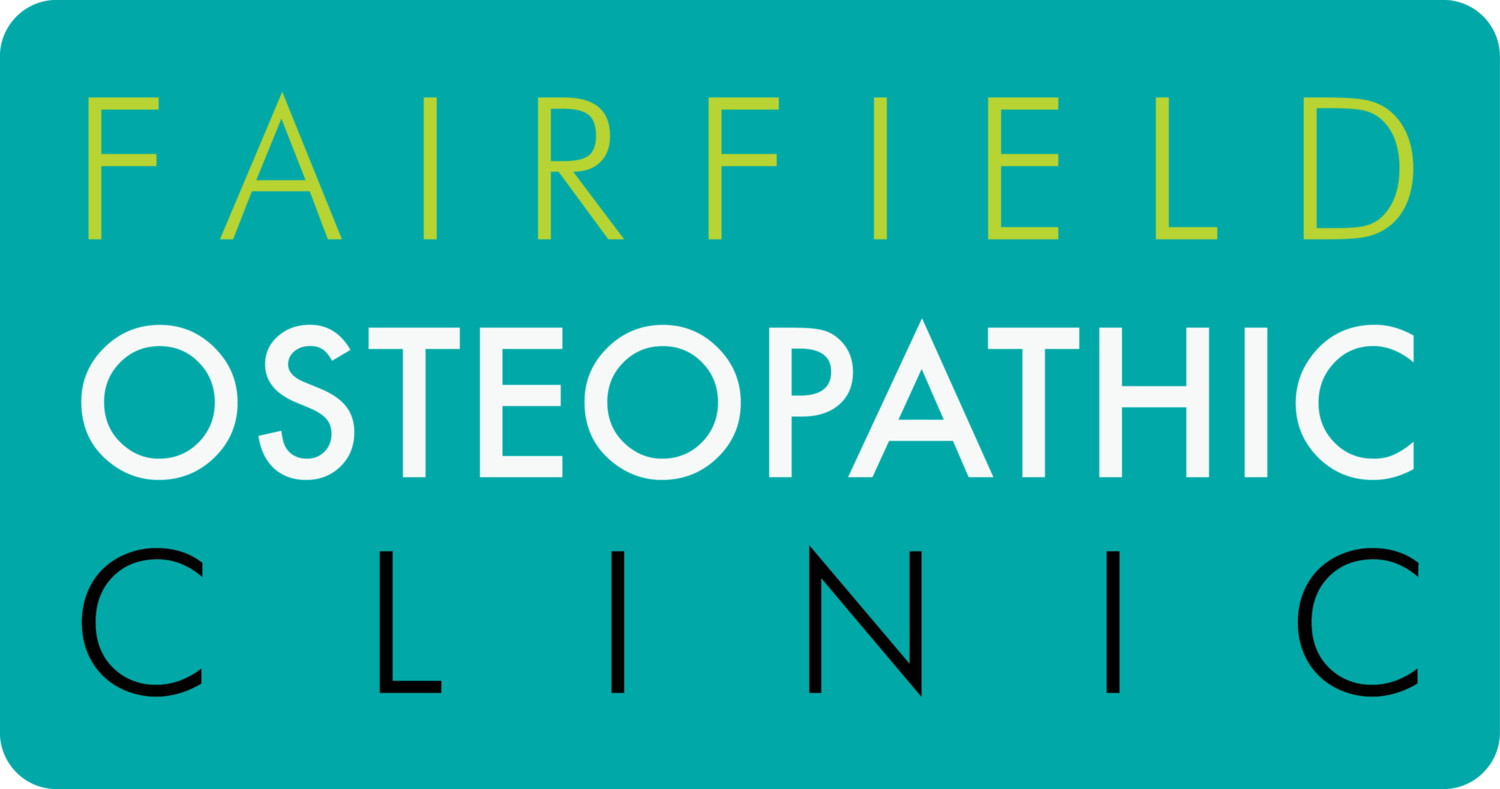INFORMED CONSENT
Informed consent is a person’s decision, given voluntarily, to agree to a healthcare treatment.
You can only provide consent after being provided accurate and relevant information about the healthcare intervention and alternative options available.
Informed consent relies on good communication and that involves both parties to participate.
We need to make sure what you were expecting from the consultation matches up with what we had planned. It can help to know what to expect.
Our initial appointments are one hour, so there shouldn’t be a lot of time pressure. There’ll be time for us to ask questions of you, and hopefully, you’ll feel confident to ask questions of us. If we’ve used some medical jargon, please don’t be embarrassed, speak up.
-
People expect to be asked questions about their medical history. We will probably also ask some personal questions as these help us determine why your pain might be a problem now. We’ll generally ask if it’s okay but remember to speak up if you want to know why something might be relevant.
-
We often have a pretty good idea about what’s going on at the end of question time but a physical examination is necessary.
We should explain what we’re examining and why. Most people understand that different aspects of the body influence other regions but once again if we haven’t provided enough detail, please, ask us to slow down or to repeat something.
We may ask you to adjust or remove some of your clothing. Sometimes examination will intentionally reproduce your pain experience.
-
You should expect us to explain a few things about what’s most likely going on for you, this is called your diagnosis.
It’s impossible to be 100% sure about what is going on but we should be able to provide an explanation about the nature of the condition, it may even have a name, and a general timeframe for recovery and what we’ll do if you’re not improving as expected.
-
You should expect that any risks or potential unexpected outcomes from treatment are explained. These are individual to you and can’t all be covered here, but include things like increased discomfort, bruising or scary stuff like strokes or fracture.
Of course you’re here to seek some benefit from seeing an osteopath and that’s our goal too, and we wouldn’t still be doing this if people didn’t feel better after seeing us. So most of the time people report, and research supports, that people have less pain, move better, breathe better and generally like being in their bodies more. But mostly they have a better understanding of why they have pain, why it’s happening where it is and why now.
We’ll generally suggest a few different approaches, education, reassurance, hands on, or exercises or maybe something else. These all have risks and benefits and we will help you understand the likely outcomes.
And there is always more than one way to solve any problem. We will discuss those other approaches, including the option to just provide no treatment.
You’ll be asked about whether you’d like to continue or proceed with this advice.
